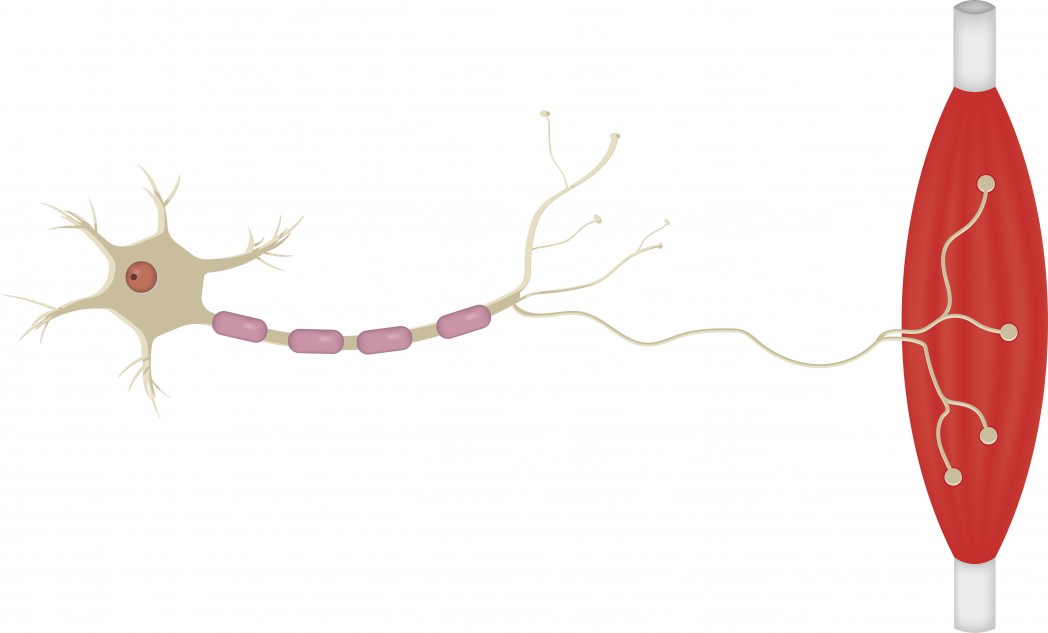ALS Patients’ Motor Neurons Degenerate at Accelerated Rate With Specific Enzyme

Researchers discovered that a metalloproteinase specialized in the degradation of chondroitin sulfate proteoglycans, called ADAMTS-4, promotes neurodegeneration in a mouse model for human amyotrophic lateral sclerosis (ALS). The study, “ADAMTS-4 promotes neurodegeneration in a mouse model of amyotrophic lateral sclerosis,” was published in the journal Molecular Neurodegeneration.
ALS, also known as Lou Gehrig’s disease, is a severe neurodegenerative disease characterized by death of motor neurons, with patients experiencing the symptoms of muscle wasting and weakness and mortality rates within three to five years after onset of the disease. Currently, riluzole (Rilutek) is the only FDA-approved drug for the treatment of ALS, but its action is still very limited, prolonging patients’ lives by just three months.
ADAMTS-1, -4, -5 and -9 belong to “a disintegrin and metalloproteinase with thrombospondin motifs (ADAMTS)” family. Some ADAMTS proteoglycanases, particularly ADAMTS-1 and -4, have been suggested to regulate synaptic plasticity during central nervous system development and aging. Moreover, ADAMTS-4 administration was reported to benefit neurorepair after spinal cord injury in rats. Notably, while ADAMTS proteoglycanases expression was found deregulated in acute injuries to the central nervous system, such as stroke and spinal cord injury, ADAMTS expression and role in other neurodegenerative diseases, including ALS, remains unaddressed.
Researchers investigated the expression and effects of ADAMTS-4 in an animal model for human ALS, the SOD1 (G93A) mouse model. Both ADAMTS-4 expression and activity were reduced in the spinal cord of SOD1 (G93A) mice at the disease end-stages, when compared to controls. When the team administered ADAMTS-4 before symptom onset they found ADAMTS-4 accelerated clinical signs of neuromuscular dysfunctions, therefore worsening SOD1 (G93A) mice prognosis.
The deterioration of mice health status was accompanied by degradation of perineuronal nets surrounding motor neurons (a specialized extracellular matrix net enveloping mature neurons and thought to regulate developmental plasticity) and decreased glial production of neurotrophic factors, thereby increasing motor neuron degeneration in the spinal cord.
Researchers propose that loss of extracellular matrix is the triggering factor leading to accelerated motor neurons degeneration in the ADAMTS-4-treated SOD1 (G93A) mice.
According to the authors, these results suggest that “the reduction of ADAMTS-4 activity during the progression of ALS pathology may be an adaptive change to mitigate its neurodegenerative impact in CNS tissues. Therapies compensating the compromised ADAMTS-4 activity are likely not promising approaches for treating ALS.”






